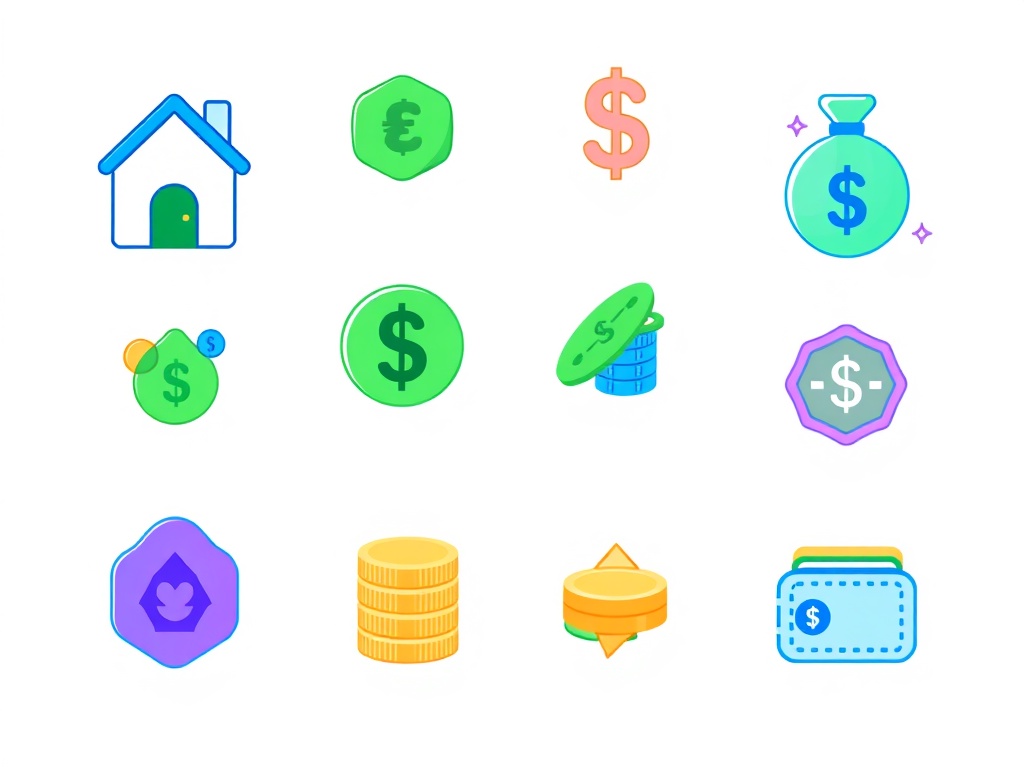Building Financial Freedom Over Time
Achieving financial freedom has become one of the most sought-after goals for modern investors. The idea of earning money without actively working for every dollar — known as passive income — has transformed how people approach wealth building. While traditional income relies on constant effort, passive income investments allow individuals to create streams of cash flow that grow and sustain themselves over time.
In this article, we’ll explore the most effective passive income investments available today, how they work, their risks and benefits, and how to build a diversified plan for long-term financial independence.
Understanding Passive Income
Passive income refers to money earned from assets or ventures that require little to no daily involvement. Unlike a full-time job or business where income stops when you stop working, passive income continues to generate returns even while you sleep.
Common examples include dividend-paying stocks, real estate investments, peer-to-peer lending, royalties, and digital products. The key is to create systems and assets that continue to provide value without demanding constant effort.
Why Passive Income Matters
In a world of economic uncertainty, relying solely on a single paycheck can be risky. Passive income investments provide stability, security, and the potential for exponential growth. They serve as financial safety nets during unexpected life events, market downturns, or career transitions.
Moreover, they allow investors to focus on long-term goals such as retirement, early financial independence, or funding new ventures — all while maintaining flexibility and freedom.
Types of Passive Income Investments
There’s no single path to financial freedom — the best strategy is to diversify across multiple passive income sources. Below are some of the most proven and accessible options for modern investors.
Dividend-Paying Stocks
Dividend stocks are one of the most classic forms of passive income. By purchasing shares in stable, profitable companies, investors earn regular dividend payments — often quarterly — in addition to capital appreciation.
Blue-chip companies like Coca-Cola, Johnson & Johnson, and Procter & Gamble have long histories of consistent dividend payouts, making them ideal for long-term portfolios. Reinvesting dividends through automatic plans (DRIPs) compounds growth over decades.
Real Estate Investments
Real estate remains a cornerstone of passive income investing. Rental properties generate monthly income while appreciating in value over time.
Investors who prefer a hands-off approach can explore Real Estate Investment Trusts (REITs) — companies that own and manage income-producing real estate. REITs allow investors to benefit from real estate income without dealing with tenants or maintenance.
Platforms such as Fundrise or RealtyMogul offer fractional real estate investments accessible to nearly anyone.
Peer-to-Peer (P2P) Lending
P2P lending platforms like LendingClub and Prosper allow investors to lend money directly to individuals or small businesses in exchange for interest payments.
Although returns can be attractive, it’s essential to diversify across multiple loans to minimize risk. Proper due diligence and understanding borrower credit profiles are critical for long-term success.
Bonds and Fixed-Income Securities
While not as exciting as stocks, bonds remain reliable passive income investments, especially for conservative investors. Government and corporate bonds pay regular interest and preserve capital stability.
Municipal bonds can also offer tax advantages, making them ideal for high-income individuals looking to balance growth and security.
Index Funds and ETFs
Index funds and ETFs (Exchange-Traded Funds) are ideal for investors seeking steady returns without active trading. They provide diversification across large market sectors and often pay dividends.
These funds are easy to manage, low-cost, and can serve as the foundation of any long-term passive income portfolio.
Digital Products and Royalties
In today’s digital economy, intellectual property can generate passive income for years. Examples include:
- E-books and online courses
- Mobile apps or software
- Music and photography royalties
Once created, digital products can continue selling automatically through platforms like Amazon Kindle Direct Publishing, Udemy, or Spotify.
Real Estate Crowdfunding
A modern evolution of real estate investing, crowdfunding allows investors to pool capital into property projects. Returns come from rental income and property appreciation.
This approach offers exposure to real estate markets with minimal entry barriers and no management responsibilities.
High-Yield Savings Accounts and CDs
Though they provide modest returns compared to other investments, high-yield savings accounts and certificates of deposit (CDs) offer guaranteed interest and liquidity.
They serve as safe, short-term passive income options and are ideal for building emergency funds while earning consistent returns.
Building a Diversified Passive Income Portfolio
The most successful investors build multiple streams of passive income to reduce dependency on any single source. Here’s how to structure a balanced plan:
- Start with stable income assets such as bonds or dividend stocks.
- Add growth-oriented options like REITs or index funds for higher returns.
- Incorporate scalable digital products for potential exponential gains.
- Reinvest profits to harness the power of compounding.
- Automate contributions to maintain discipline and consistency.
The Role of Technology in Passive Income
Technology has made it easier than ever to manage and grow passive income investments. Apps like Robinhood, Betterment, and Wealthfront automate investing and reinvest dividends.
Real estate and P2P platforms provide instant access to data, performance analytics, and opportunities globally. Automation ensures regular investments without emotional interference, supporting consistent growth.
Managing Risk in Passive Income Investments
Every investment carries risk. The key is understanding your risk tolerance and balancing your portfolio accordingly.
Here are some principles to follow:
- Avoid putting all your capital into one type of investment.
- Research each platform or company before investing.
- Keep emergency funds separate from long-term investments.
- Review performance quarterly and adjust when necessary.
Additionally, passive income doesn’t mean no work at all — it often requires initial setup, monitoring, and occasional rebalancing to ensure continued profitability.
Tax Efficiency and Passive Income
Tax planning plays a crucial role in long-term wealth building. Understanding how your passive income is taxed can significantly impact your net returns.
- Dividends may be taxed at different rates depending on whether they’re qualified or non-qualified.
- Real estate investors can benefit from depreciation deductions.
- Tax-advantaged accounts (like IRAs or 401(k)s) help shelter income and grow wealth faster.
Working with a certified financial planner or tax advisor ensures compliance while maximizing after-tax gains.
Financial Freedom Through Passive Income
The ultimate goal of passive income investments is financial freedom — the ability to live life on your own terms without relying on active work.
Reaching this stage requires patience, consistency, and smart reinvestment strategies. It’s not about chasing the highest returns but building reliable income streams that support your lifestyle over time.
The Mindset Shift
Transitioning from active to passive income requires a mindset change. Instead of trading time for money, you focus on acquiring and nurturing assets that generate money for you.
This long-term vision helps you stay disciplined even when markets fluctuate or when early returns seem modest. Over time, these investments snowball into substantial, sustainable wealth.
Common Mistakes to Avoid
Even experienced investors can fall into traps when pursuing passive income. Some common errors include:
- Chasing unrealistic returns without understanding the risks.
- Neglecting diversification, leading to exposure in a single asset class.
- Failing to reinvest earnings, which slows compounding.
- Ignoring fees and taxes, which can erode profits.
Awareness of these pitfalls allows investors to maintain a sustainable, risk-adjusted strategy.

In Summary: Building Financial Freedom That Lasts
In an era of rapid technological and economic change, passive income investments represent one of the most powerful tools for financial independence. They provide flexibility, resilience, and the ability to create wealth without constant labor.
By diversifying across income sources — from dividends and real estate to digital products and ETFs — investors can build a portfolio that grows steadily for decades.
Financial freedom doesn’t come overnight; it’s the result of consistent decisions, disciplined reinvestment, and an unwavering belief in long-term growth. Start small, stay focused, and watch your passive income become the foundation of lasting wealth.



